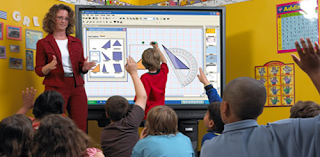
What's A Wiki?
What’s a Wiki anyway? A simple definition for wiki is a website that has multiple authors. Wiki sites allow for various levels of access through a request system. For example, if you as a teacher create a wiki your students can request access, and as the administrator you have the power to grant several different levels of ability. You can allow your students to be contributors to the site which means they have basic abilities to edit and contribute to the class wiki site. One of the great advantages of having a class wiki is the
entire class can contribute and collaborate together. One of the disadvantages
to having a class wiki is any student can post any content they choose, and the
opportunity to post inappropriate content may be too tempting for some. I
recommend setting up classroom rules about what should and should not be posted
on the website. Include the consequences for breaking the rules. Along with
this measure keep a close eye on your class site making sure its always a
productive place.
One of the great advantages of having a class wiki is the
entire class can contribute and collaborate together. One of the disadvantages
to having a class wiki is any student can post any content they choose, and the
opportunity to post inappropriate content may be too tempting for some. I
recommend setting up classroom rules about what should and should not be posted
on the website. Include the consequences for breaking the rules. Along with
this measure keep a close eye on your class site making sure its always a
productive place.
As a future art teacher, I plan on creating a classroom wiki
site with several areas my students can post. Some examples are: a class critique section where students can upload photos of their work and receive constructive
feedback, an art history tab where students can reflect on class articles or
post new articles they find, and an open forum discussion page where students
can have ongoing art conversations!








